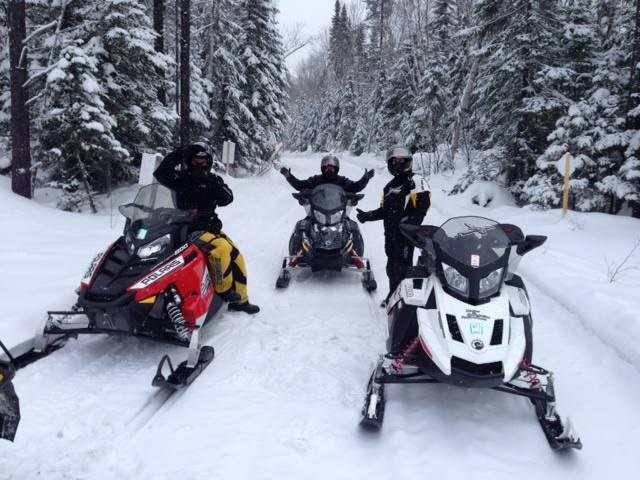Winter is quickly on its way and OPP want to ensure the public practices proper ice safety. People must take caution regarding thin ice conditions on area lakes and rivers.
Ice safety and weight-bearing properties of ice can be affected by many factors, including thickness, currents, age of ice, pressure cracks and snow cover. Ice does not freeze at uniform thickness across bodies of water. Thickness should be checked regularly as you move further out onto the ice. When ice forms early and may look safe, it is likely not yet thick, strong or stable enough to support much weight.
Anyone considering venturing out on ice covered bodies of water for recreational activities should do so with an experienced outdoor enthusiast who is familiar with local conditions and water currents. Children should not play near or on ice covered bodies of water unless supervised by an experienced, safety-conscious person.
If you do make the personal choice to take the risk of travelling on ice by snowmobile, wait until a marked stake line is in place and cross only when you can follow it directly from shore to shore, without stopping on the ice. While ice crossing is never a sure thing, snowmobilers can also reduce their risk by:
- Checking ice thickness and quality before riding onto any frozen water.
- Understanding that ice conditions may vary from day to day, from hour to hour and from place to place.
- Never travelling on ice alone, at night or while impaired.
- Avoiding slushy ice, untracked ice, or ice near moving water or dock bubblers.
- Watching out for obstacles like rocks, stumps, docks, ice roads and fishing huts.
- Wearing a buoyant snowmobile suit and carrying ice picks.



